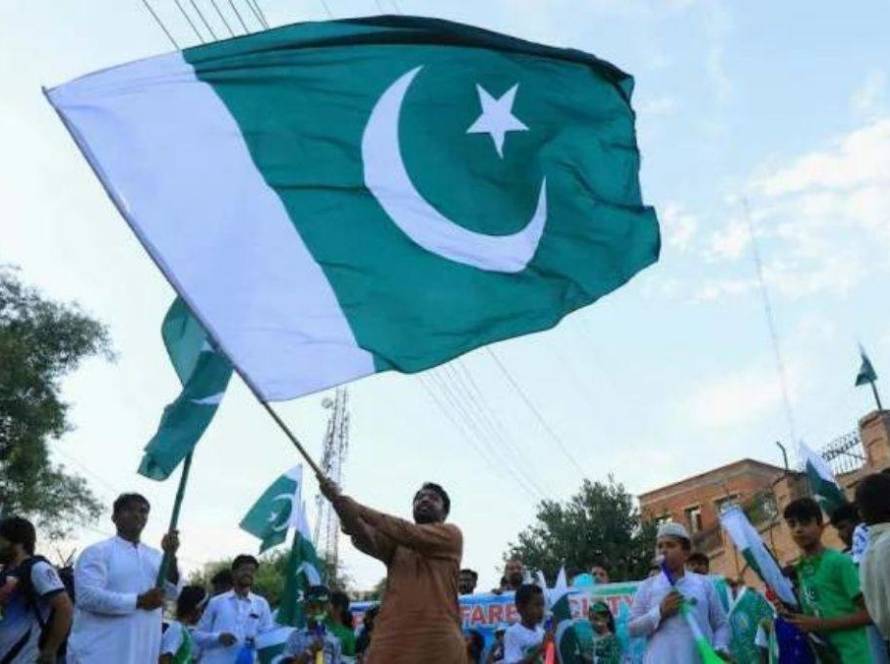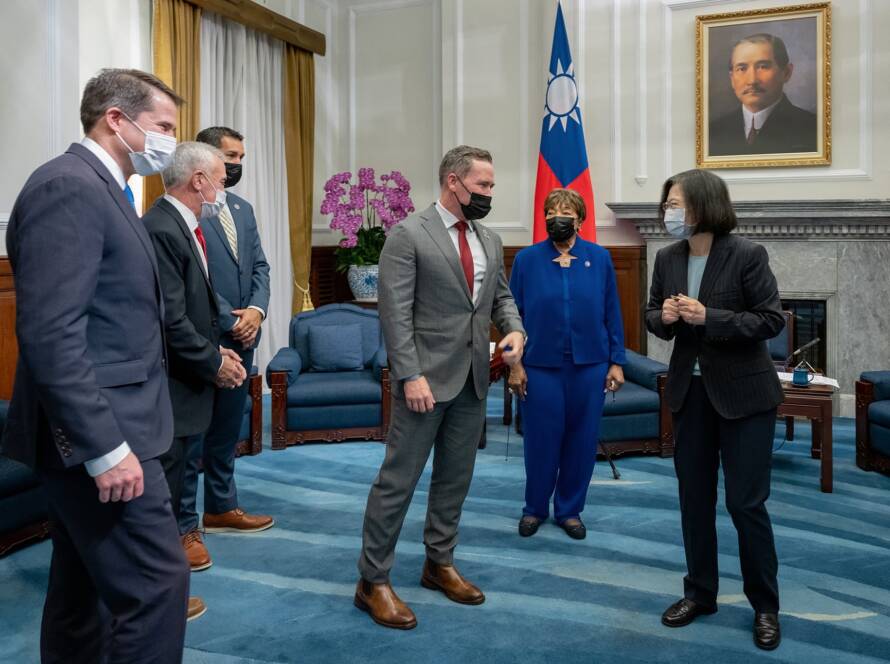By Uditha Devapriya

During a recent visit to New Delhi, Sri Lanka’s Foreign Minister G. L. Peiris stated that Sri Lankans “increasingly recognise” India as a true friend. Peiris thanked India for offering much-needed assistance to the tune of USD 2.4 billion, emphasising cooperation in areas like energy security and air and sea connectivity and highlighting the need for integration through initiatives such as the Trincomalee Oil Tank Farm Agreement. These remarks come two months after the country’s Finance Minister, Basil Rajapaksa, led a delegation that secured credit lines, currency swaps, and financial assistance from New Delhi. Some analysts contend that the country is turning away from its previous engagement with China to a more India-centric policy. The Indian assistance come at a time when Sri Lanka is turning to as many countries as it can to help meet its debt obligations, in light of declining foreign reserves.
Some analysts imply that were it not for the pandemic, the government would have swayed to Beijing, a point which brazenly ignores the many statements by the Gotabaya Rajapaksa government that outlined a pro-Indian position half a year before the pandemic struck.
These analyses also reinforce narratives about Chinese debt traps, with many of them pointing at the recent standoff between a Sri Lankan bank and a Chinese fertiliser company as evidence for how Beijing is doubling down on its Indian Ocean strategy.
As usual, such narratives miss the bigger picture. More than anything, they assume that Sri Lanka is following a linear foreign policy. They thus associate the current government with policies favouring Chinese intervention and the Opposition with policies favouring ties with India and the West. In doing so, they leave out certain considerations, most importantly the nexus between domestic politics and external relations.
Such oversight on the part of analysts have to do with how other countries formulate foreign policy and how that feeds into assumptions of the way foreign policy is planned in states like ours. Unlike in Sri Lanka, countries like India have ensured some consistency in policy formulation and implementation. Domestic convulsions do impact external relations from time to time, but even these conform to long-term plans and policies. In Sri Lanka, on the other hand, the link between domestic politics and foreign policy has grown stronger over the years, making it impossible to detect any pattern or logic.
By assuming linearity and consistency in Sri Lanka’s case, policy analysts thus ignore the complexities that make up both domestic politics and foreign policy in an island nation flanked by a regional hegemon – India and an extra-regional power – China. As Chulanee Attanayake has correctly observed, Sri Lanka’s external relations follow a pattern of “strategic hedging”, swaying between engagement and balancing: thus, while cooperating with its neighbours, the country has also frequently engaged in realist balancing vis-à-vis extra-regional powers. Not surprisingly, this approach has led it to tilt to one state over another.
Policy analysts who view Sri Lanka’s foreign relations through the prism of Indian dominance and Chinese aspirations also don’t appreciate that countries seek economic advantages and that this can often determine their relations with other states. As former president Mahinda Rajapaksa put it in an interview with Padma Rao Sunderji many years ago, Sri Lanka cannot be expected to wait for other countries to heal and set aside their differences. A nation in need of development and aid will obviously have to operate on a first come first serve basis, privileging states that come to its assistance over those that don’t.
That has a great deal to do with the dynamics of the region Sri Lanka finds itself in. As one of the world’s least integrated regions, South Asia remains politically, economically, and even culturally dominated by India. This has generated an unwieldy mix of fear and resentment, forcing countries to both engage with the hegemon and get closer to other powers. For its part, India’s economic situation has not allowed it to hold on its neighbours the way the US held on to Latin and Central America via the Monroe Doctrine. India has called for a Monroe Doctrine in the Indian Ocean, yet this remains, at best, a geopolitical ideal.
What that means is that countries like Sri Lanka cannot afford the luxury of a long-term policy plan, especially in light of international developments which have forced it to make difficult decisions. This is perhaps more valid now than it was a decade or so before, but it was true even during the country’s first few years of independent statehood: despite being locked into three agreements which made its foreign policy establishment subservient to British and Western interests, Sri Lanka was later forced to reckon with contending powers like China and the Soviet Union for economic assistance.
That is why those who emphasise ideological coherence over material factors assume wrongly about Sri Lanka’s foreign policy. Until 1952, for instance, it seemed perfectly obvious to everyone that the country had aligned itself with a Cold War pro-Western front. Yet declining terms of trade and commodity prices compelled it to seek assistance, first from Washington, which refused, and then from Beijing, which accepted.
From its earlier policy of shunning Communism, Colombo now had to justify the delegations being sent to Beijing, even to critics within the ruling party. Perhaps R. G. Senanayake, the architect of the Rubber-Rice Pact, put it better than most:
“If we… look upon democracy in the same way [as the local Communists look at ‘international communism’] and forget our people, and calling ourselves democrats completely subordinate our national interests to fight for international democracy, or if the champions of democracy in other countries forget the vital needs of our country, then, I think, we have lost the meaning of democracy.”
Successive governments have tried to chart a more consistent foreign policy, in line with certain ideological preferences. Far from working out, this approach has often backfired: an obvious example would be the J. R. Jayewardene regime’s tilt to the West, which compelled a backlash from India that the country has not forgotten since.
More recently, the yahapalana [Good Governance] regime’s attempts from 2015-2019 at achieving value congruency with the West had to be put on the back burner when more urgent issues forced it to seek assistance from Beijing. By contrast, the Gotabaya Rajapaksa administration, since its inception, has emphasised nonalignment and neutralism while highlighting an “India First” policy: thus, while interacting with New Delhi, it has released statements deploring alliances such as the Quad, which it feels is obtruding on the principles of neutralism.
It’s debatable as to how this will work out in the long term. In any case, the point to note is that as far as foreign policy in countries like Sri Lanka is concerned, material factors have been more important determinants than ideological abstractions. That is something analysts have still not grasped or appreciated. Yet no assessment of the situation in Sri Lanka, and in other similar states, will be complete until such factors are accounted for.
(The writer is a freelance columnist who is presently completing a Postgraduate Diploma in International Relations at the Bandaranaike Centre for International Studies. He can be reached at udakdev1@gmail.com)
***************
Disclaimer – Factum is a Sri Lanka based think-tank providing international relations analysis and public diplomacy consultancies in Sri Lanka and Asia. Visit – www.Factum.LK


